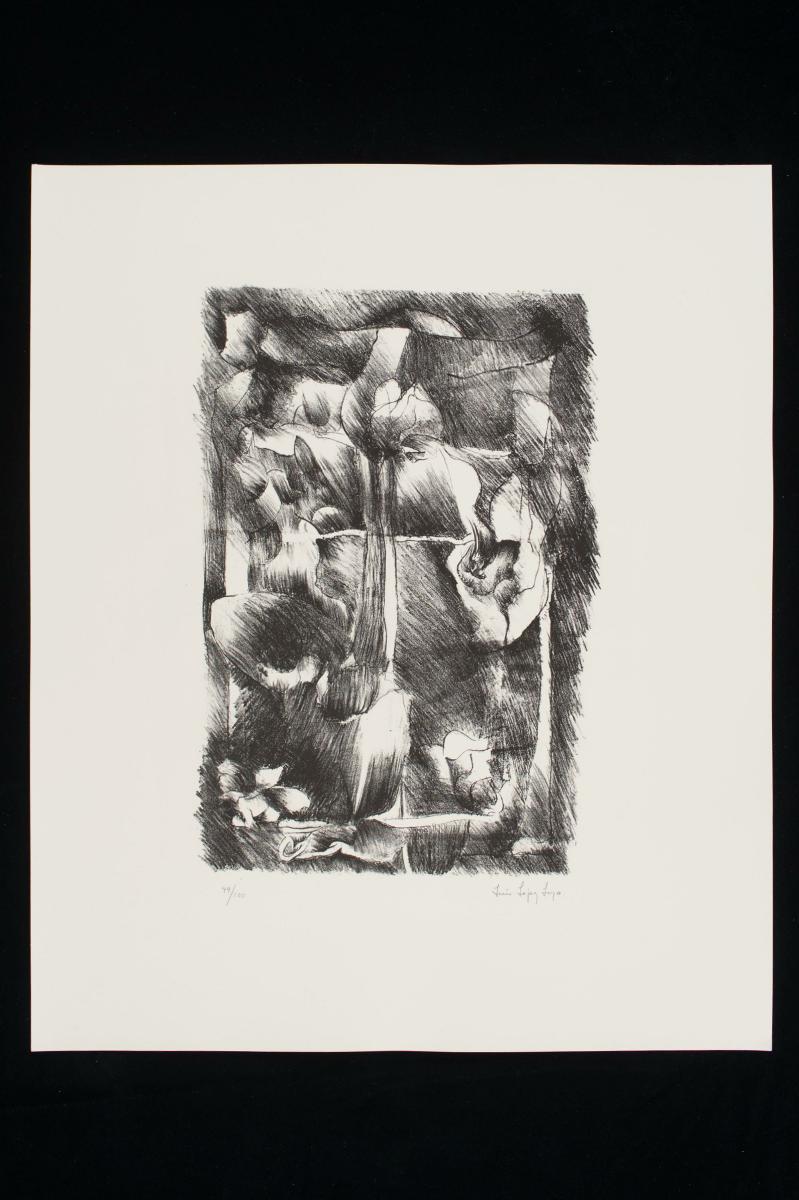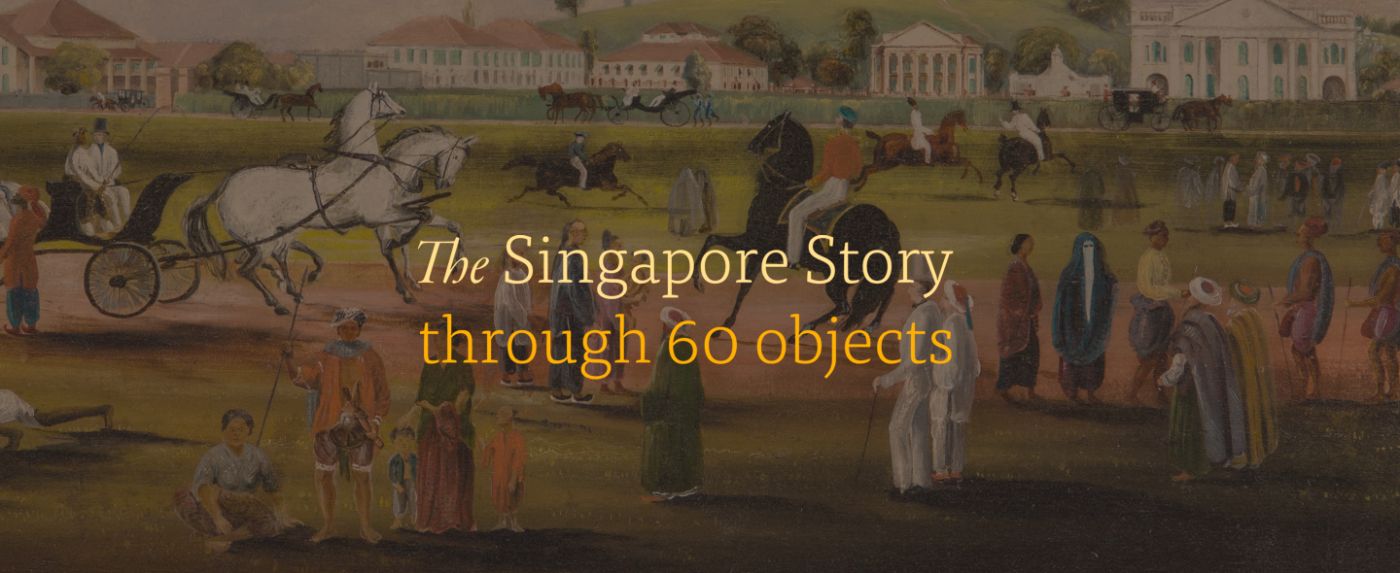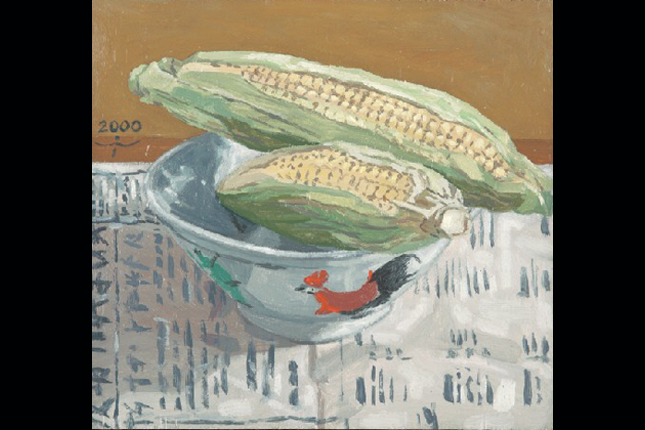Object size: 45.5 x 52.0 cm,
Frame size: 46.0 x 52.5 x 0.5 cm (with mount),
Image size: 29.0 x 36.5 cm (without mount)
The theologian Heinrich Bünting published his Itinerarium Sacra Scripturae in 1581, and included in it a number of “literary maps” such as this map of Asia in the form of the mythical horse Pegasus. “Literary maps” used the techniques of map-making to create images of non-geographical information, such as moral or political conditions. By the time of the making of this map, European cartographical knowledge of Southeast Asia had become more detailed, but Bünting’s map was intended to be figurative. To achieve the Pegasus form, Bünting elongated and narrowed the representation of the Indian and Malay peninsulas to form the hind legs.


















